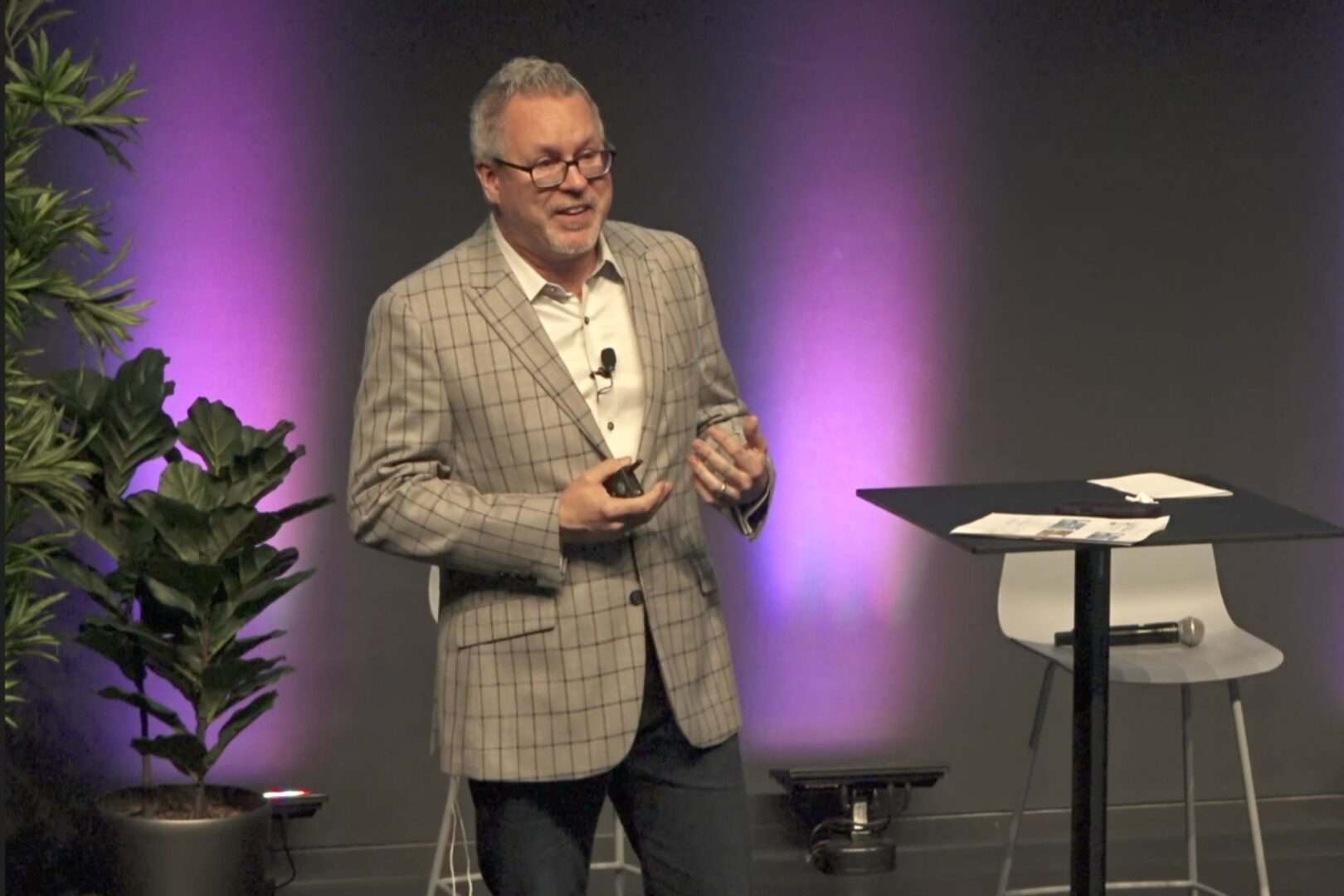One of the most powerful–but often overlooked–lessons from Toyota's management system isn't just about kanban, standard work, or andons. It's about people. More specifically, it's about the environment leaders create for people to speak up, share ideas, and learn from mistakes.
In a recent keynote I gave at the Rendezvous Kata event hosted by HEC Montréal, I explored the deep connection between learning from mistakes, psychological safety, continuous improvement, and effective leadership.

In one segment of that talk, I shared a quote from the book Toyota Culture that's among the clearest acknowledgments of this connection:
“Toyota believes people must feel psychologically and physically safe. They must believe any concerns they have will be taken seriously.”
Let's unpack that, especially if you're working to build or sustain a culture of continuous improvement.
Why Psychological Safety Matters in Lean Culture
In my experience working with healthcare systems, manufacturers, and tech startups, I've often seen leaders who are eager to deploy Lean tools but overlook the cultural foundation that makes those tools effective.
That foundation is psychological safety–a term popularized by Amy Edmondson but deeply embedded in how high-functioning organizations like Toyota operate.
At its core, psychological safety means that people feel safe to speak up without fear of embarrassment, punishment, or futility.
And those last two words–fear and futility–are critical.
- Fear holds people back from pointing out problems or admitting mistakes.
- Futility sets in when people believe that raising concerns won't lead to action.
I've seen organizations install suggestion boards or huddle whiteboards–only to watch them sit empty for months. Not because people had no ideas, but because they didn't feel safe. Or worse, they felt it wouldn't matter. That's not a Lean failure. That's a leadership and culture failure.
Toyota's Culture: Addressing Fear and Futility
That quote from Toyota Culture addresses both fear and futility directly:
“They must believe any concerns they have will be taken seriously.”
That's not just a philosophy–it's a leadership practice. It's what you model every time someone brings you a problem. Do you welcome it with curiosity and gratitude? Or do you react with blame, dismissal, or silence?
As I said in my keynote:
“Our response to mistakes as leaders is going to be the key thing that helps boost this feeling of psychological safety–or not.”
Every mistake is a test. Every concern raised is a moment of truth. The way we respond either strengthens the culture we want–or erodes it.
What Leaders Can Learn–and Do–Today
If you're a leader at any level, here are three questions you might ask yourself today:
- When was the last time someone told me about a mistake?
If it's been a while, ask: is it because mistakes aren't happening, or because people are afraid to bring them up? - How do I typically respond when someone raises a concern?
Do I thank them? Do I dig deeper? Or do I deflect or minimize? - Have I ever said “thank you” to someone for pointing out something uncomfortable?
That moment could set the tone for months.
Psychological Safety Isn't Optional for Continuous Improvement
We often talk about Lean as a system of continuous improvement. But improvement doesn't happen without input. And input doesn't happen without safety.
If your organization is serious about Lean, Kaizen, or Kata, then it needs to be equally serious about fostering psychological safety. Not just as a concept, but as a daily leadership behavior.
Let's stop thinking of psychological safety as a “soft” skill and start recognizing it as cultural infrastructure–as essential as your value stream maps or PBCs.
Because when people feel safe to speak up, and they know their voices matter, that's when real improvement begins.
Watch the Clip:
Here's the 39-second segment from my keynote where I share this quote and reflect on its leadership implications:
Leaders can't command psychological safety. We have to earn it, moment by moment, especially in how we respond to problems, questions, or failures. When someone brings forward a concern or admits a mistake, what happens next sends a strong signal–positive or negative.
This is a human dynamic, not a technical one. But it's essential if we want to build real cultures of continuous improvement, not just structures or slogans.
So I'll ask you what I asked the audience:
How do you respond when someone on your team makes a mistake?
That response might be the most important part of your Lean leadership practice.
Please scroll down (or click) to post a comment. Connect with me on LinkedIn.
Let’s build a culture of continuous improvement and psychological safety—together. If you're a leader aiming for lasting change (not just more projects), I help organizations:
- Engage people at all levels in sustainable improvement
- Shift from fear of mistakes to learning from them
- Apply Lean thinking in practical, people-centered ways
Interested in coaching or a keynote talk? Let’s talk.
Join me for a Lean Healthcare Accelerator Trip to Japan! Learn More









